Rebuilding Homs: How to resurrect a city after six years of conflict
By following these three lessons, Homs can re-emerge from the Syrian conflict an even greater city than before
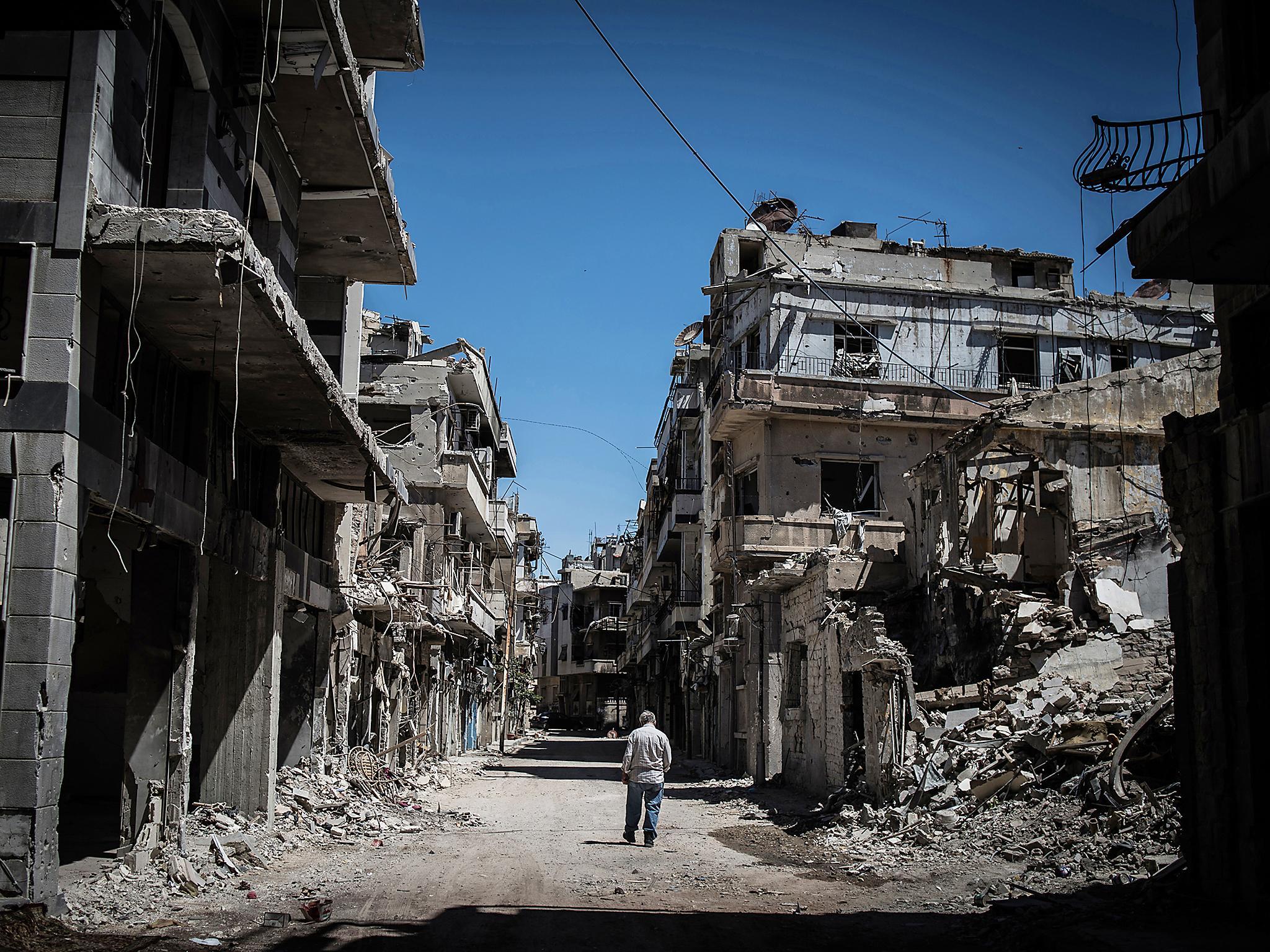
Your support helps us to tell the story
From reproductive rights to climate change to Big Tech, The Independent is on the ground when the story is developing. Whether it's investigating the financials of Elon Musk's pro-Trump PAC or producing our latest documentary, 'The A Word', which shines a light on the American women fighting for reproductive rights, we know how important it is to parse out the facts from the messaging.
At such a critical moment in US history, we need reporters on the ground. Your donation allows us to keep sending journalists to speak to both sides of the story.
The Independent is trusted by Americans across the entire political spectrum. And unlike many other quality news outlets, we choose not to lock Americans out of our reporting and analysis with paywalls. We believe quality journalism should be available to everyone, paid for by those who can afford it.
Your support makes all the difference.As the conflict in Syria enters its seventh year, the toll it has taken on my home town of Homs continues to grow. Much of the city’s built environment has been damaged or destroyed: as of 2014, 50 per cent of Homs’s neighbourhoods had been heavily damaged, and 22 per cent had been partially damaged. This has affected every aspect of daily life for the Homsians who remain.
Prior to the war, Homs had approximately 800,000 residents, the third-largest city in Syria in terms of population. The city is renowned for its rich history, multicultural communities and unique historical architectural style – namely the Ablaq architecture, which involves alternating rows of light and dark brickwork. For this reason, Homs is fondly known as the “city of black and white stones”.
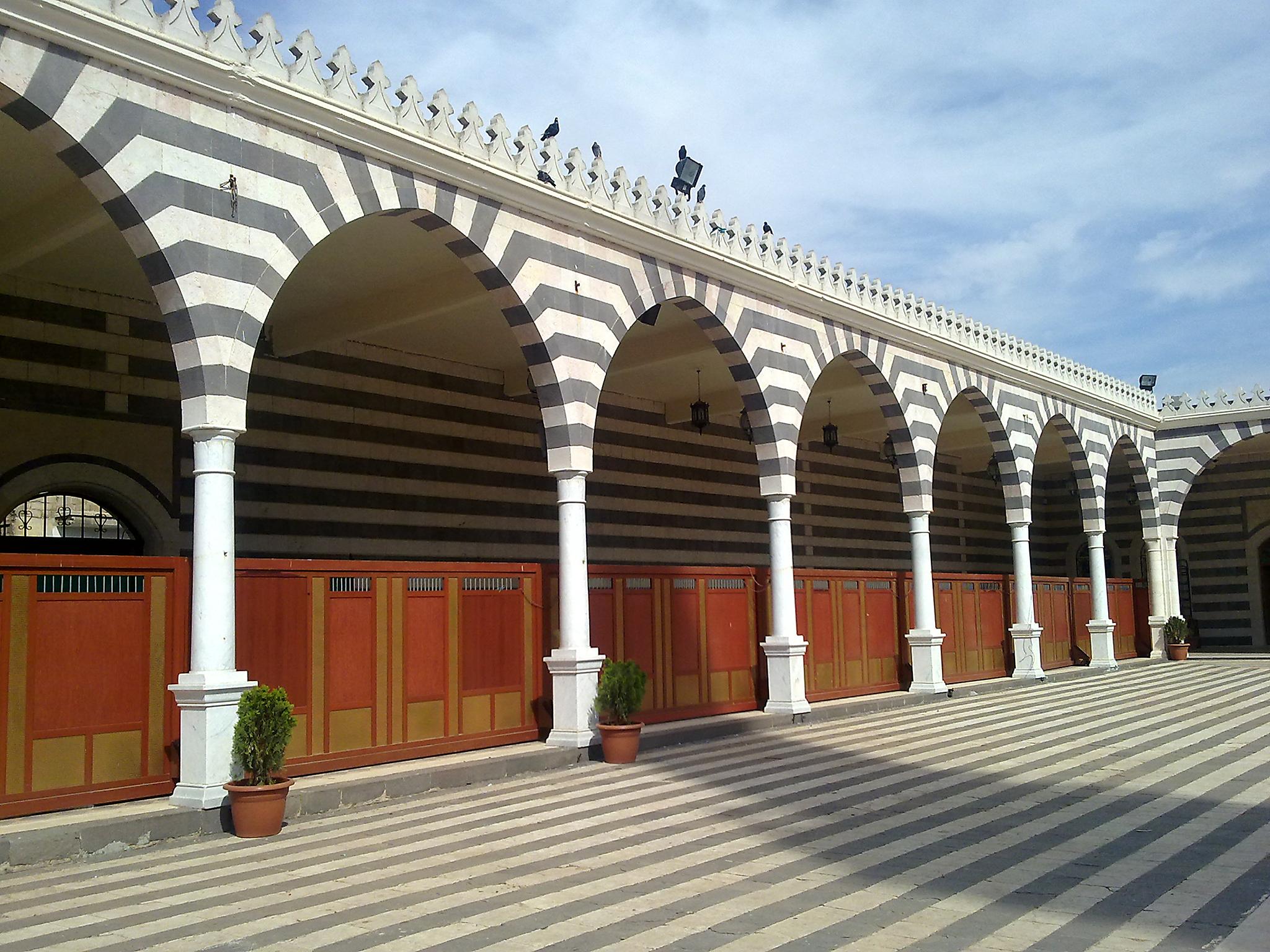
Over the centuries, Homs has attracted many different civilisations including Greeks, Romans and Ottomans which have all had an impact on the city’s cultural, religious, architectural and political landscapes. Each of these transformations has helped to make Homs a massive museum, full of ancient treasures. For instance, the Great Mosque of al-Nuri in the heart of Homs was originally a temple of worship for the Syro-Roman sun god El-Gabal. Later, it was converted into the Church of St John the Baptist, then transformed into a mosque.
But over the past six years the eyes of the world have been forced to witness the savage destruction of Homs. Many have fled from the fighting. Lives and livelihoods have been lost and some of the city’s most treasured architecture has been reduced to rubble. Observing the destruction from afar, the only way to avoid feeling powerless is to believe that Homs can be resurrected.
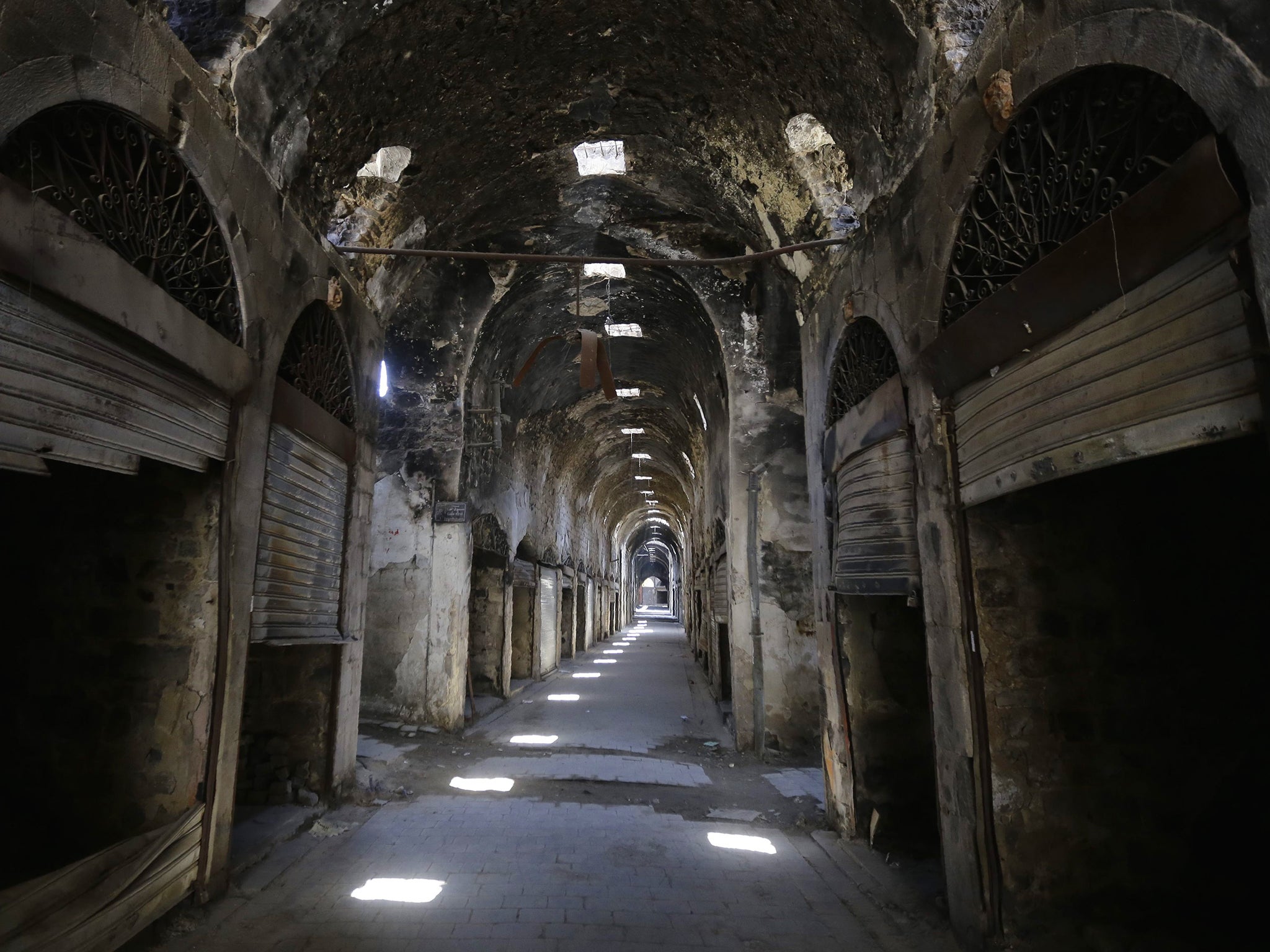
Scholars Lawrence Vale and Thomas Campanella have written about how traumatised and wounded cities can recover after disasters. They point out that for as long as cities have existed they have been destroyed – and in almost every case they have risen again like the mythical phoenix. “Cities such as Baghdad, Moscow, Aleppo, Mexico City, and Budapest lost between 60 per cent and 90 per cent of their populations due to wars, yet they were rebuilt and eventually rebounded,” they say.
Similarly, I believe Homs can regenerate itself. But there are some important lessons to consider when reweaving its damaged urban fabric.
Lesson 1: engage the community
The local communities of Homs should be involved in the rebuilding process to ensure that all members of society are accounted for in the new designs. Regeneration programmes should include a deep and detailed understanding of local priorities and careful consideration for the people affected.
This can be achieved by bridging the gaps between local authorities, designers, planners, researchers and – most importantly – the local community. Local people should be consulted through workshops, conferences and research to record their thoughts and understand their needs. This way, regeneration projects will unite Homsians from all walks of life and give them a voice and a sense of belonging.
Lesson 2: respect local traditions
In many post-war reconstructions, the urban memory of cities has been replaced with new, forgetful landscapes. After the civil war in Beirut, Lebanon (1975 to 1990), the city centre was completely reshaped and replaced with a post-modern construction. Scholars reckoned that the original fabric was completely cleared on around 80 per cent of the area. In the end, far more buildings were demolished during the reconstruction than had been destroyed during the civil war.
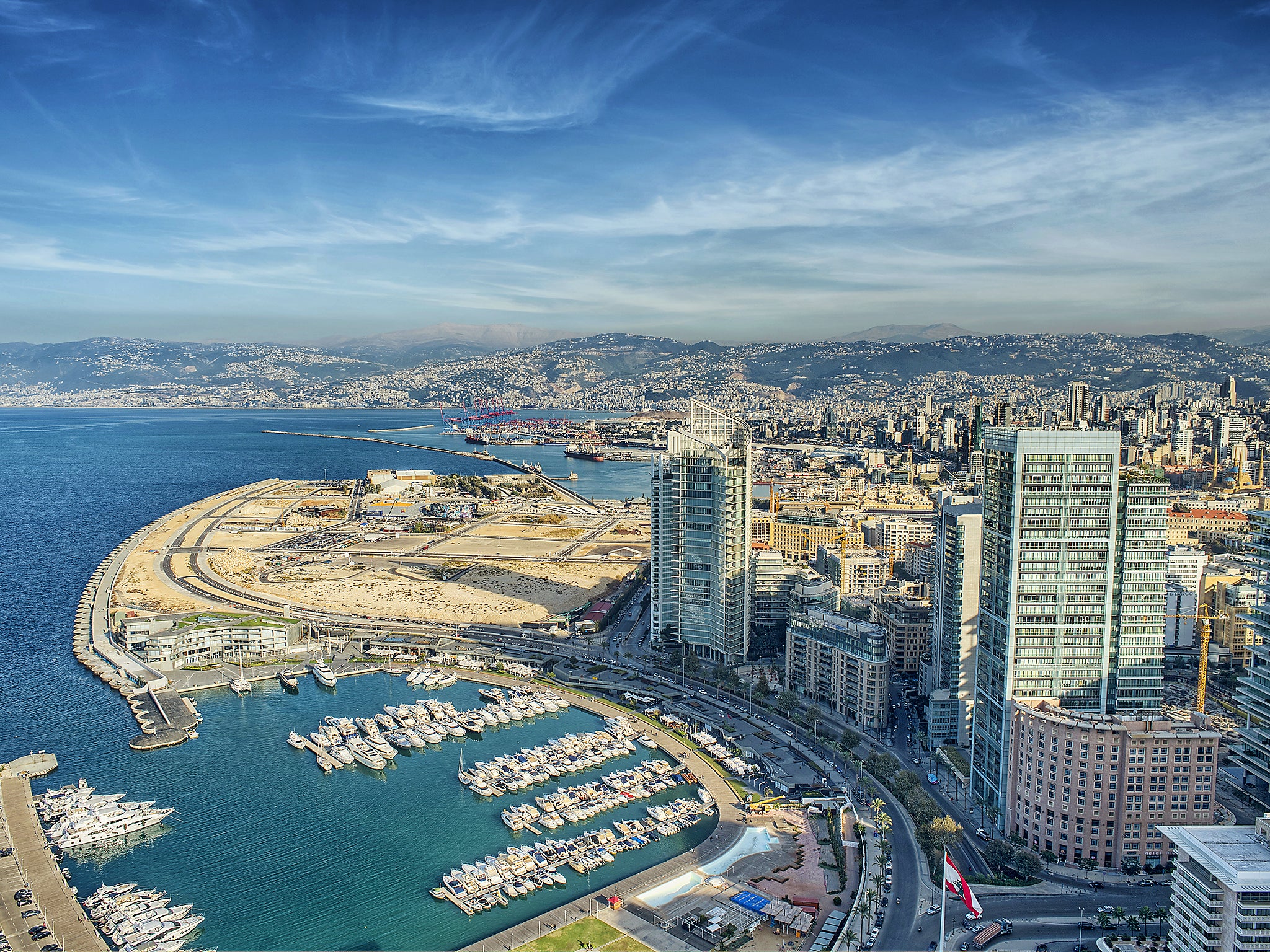
Post-disaster reconstruction should not bury the scars of the war by creating a completely new face for the city. Instead, a faithful reconstruction should preserve and respect the pre-war memories, values and traditions of Homs. Developers should consider the varied architectural styles of the city, while avoiding previous planning problems such as poor public transportation systems, impractical architectural styles that do not fit the lifestyle in Homs and neglect of the old city of Homs and its legacy.
Lesson 3: remember the war
Though it is difficult, a post-war Homs should not try to revive the pre-war era. Memories of war will no doubt be recounted by families, artists and writers. Likewise, the destruction of the city should be memorialised in its architecture, to serve as a powerful warning to future generations about the cost of conflict.
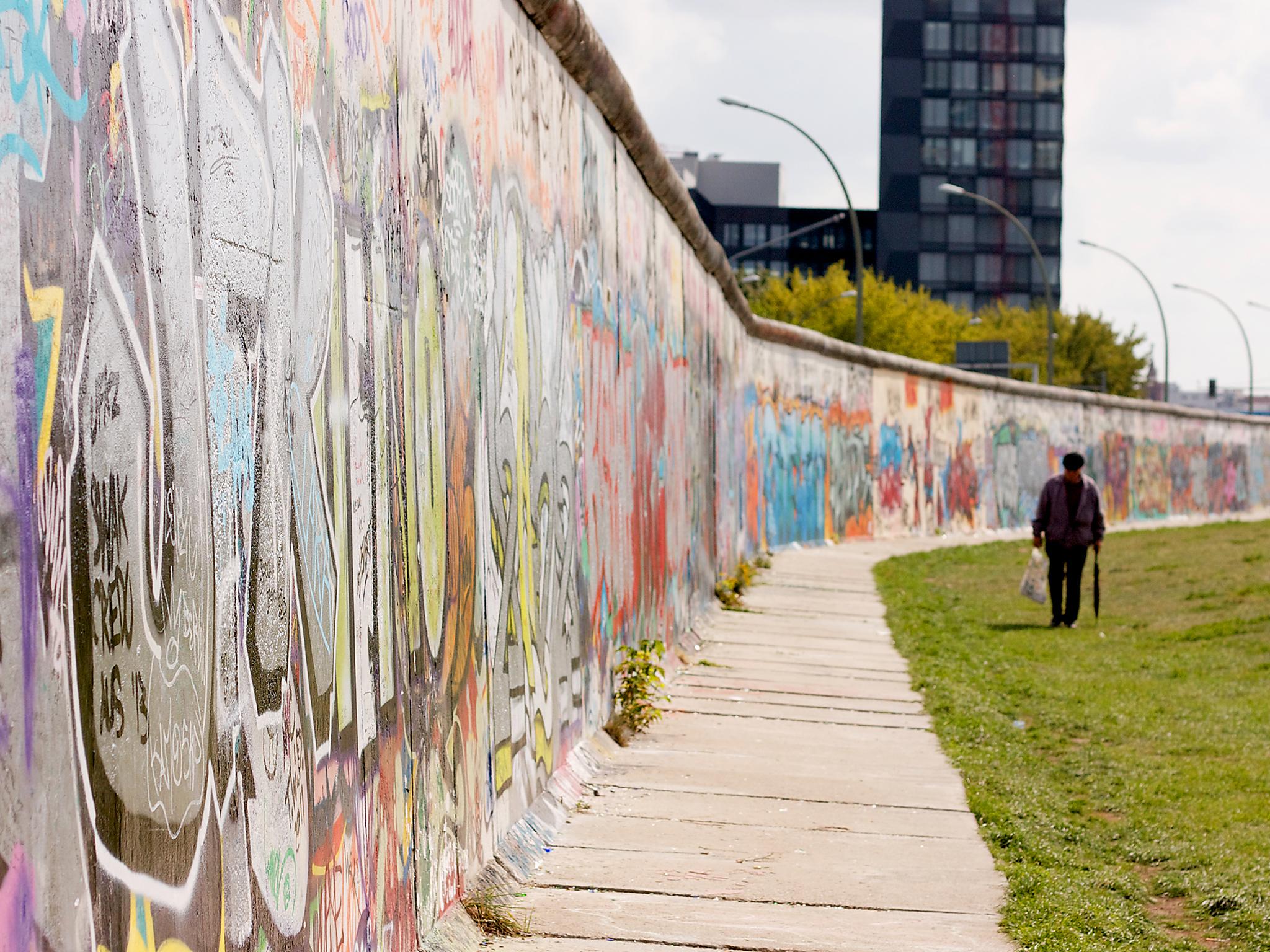
Many post-war cities have done this very effectively. In Berlin, the wall that divided the city into East and West still stands, but has been colourfully painted by artists, residents and tourists. In England, Coventry Cathedral was left without a roof after being bombed in the Second World War, creating a garden of remembrance. And the ruins of an exhibition hall in Hiroshima were transformed into the Genbaku Dome Peace Memorial, to remember the tens of thousands of people who were instantly killed by the first atom bomb ever used in war.
The next generations of Homsians should have sites like this, which they can explore, and hopefully avoid repeating history – and its mistakes.
Most of all, the reconstruction of Homs must not generate new divisions. Instead, more public spaces should be created to bring people together, where formerly architecture has separated them into different spaces for living, working and socialising based on social class, income and religion.
In this way, new sites can address problems such as inequality and segregation, while helping to heal the wounds of the city and create a united civic society. It will take a lot of imagination. But Homs is a resilient city, precisely because of the power, faith and patience of its resilient inhabitants.
Ammar Azzouz is a PhD Candidate at the University of Bath. This article first appeared on The Conversation (theconversation.com)
Join our commenting forum
Join thought-provoking conversations, follow other Independent readers and see their replies
Comments